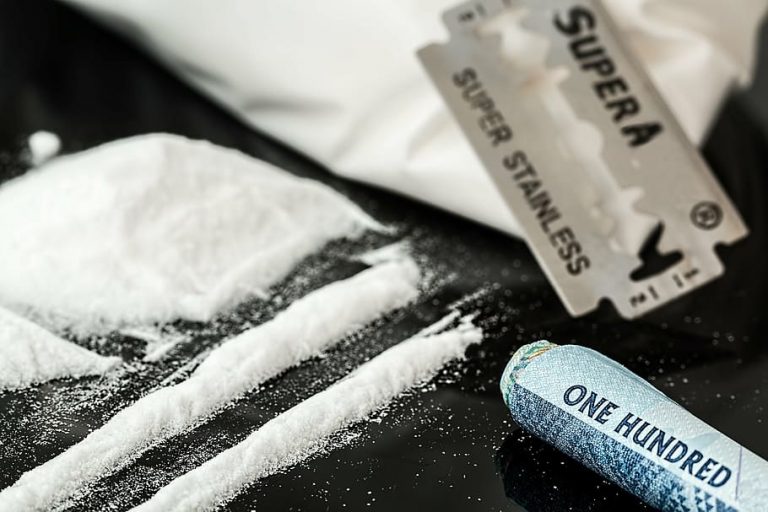Addiction is no joke. In 2017, the National Survey on Drug Use and Health estimated that nearly 20 million Americans over the age of 12 were struggling with a substance use disorder that year. Of that, around 74% suffered from an alcohol use disorder and around 38% suffered from an illicit drug use disorder. Approximately 1 in 8 people suffered from both at the same time.
Addiction impacts brain circuitry, and a person is considered addicted when they are unable to control their substance use. So, what are some of the most addictive substances?
Opioids & Heroin
This shouldn’t come as a surprise; we know the country is in the midst of an opioid epidemic.
Over 2 million Americans are dealing with an opioid use disorder, with around 130 people dying from an opioid overdose each day.
Recently, new regulations around prescribing opioid painkillers were put into place, and many opioid addicts turned to heroin, as it was easier for them to obtain. In 2014, more than 10,000 people died of a heroin overdose in the United States, triple the number of deaths than just a few years earlier, in 2010.
It takes just a few doses to become addicted to opioids. Opioids are highly addictive because of the release of endorphins (or feel-good hormones) they trigger the release of. Opioids, particularly those of the prescription variety, become more addictive when they’re used in manners they were not prescribed, such as crushing and snorting a pill.
Cocaine
Cocaine creates an intense high and floods the brain with the pleasure hormone, dopamine, and is most often used in a binge pattern – taking back-to-back doses to maintain the high. The “crash” that comes after the high can cause depression and drug cravings, making the drug difficult to stop using.
After marijuana, cocaine is the second most commonly abused drug worldwide. An estimated 35 million Americans over the age of 12 have tried cocaine, and around 1 million are thought to be battling a cocaine use disorder.
Alcohol
Despite its legal status and regular role in many social situations, alcohol is one of the most regularly abused substances in the country.
Like other drugs, alcohol affects the body’s dopamine levels to affect the user’s mood. People under the influence of alcohol have a lowered heart rate, lowered inhibitions, and may be more sociable and talkative.
As alcohol leaves a person’s body, they may experience withdrawal symptoms as the brain tries to rebalance itself, resulting in vomiting, depression, sweating, headaches, irregular heartbeat, and more. More life-threatening effects include seizures and psychosis. Some people self-medicate with more alcohol as they try to keep these symptoms away.
Are you concerned with your use of an addictive or illicit substance? Help is out there.

